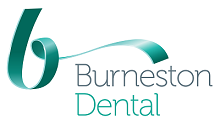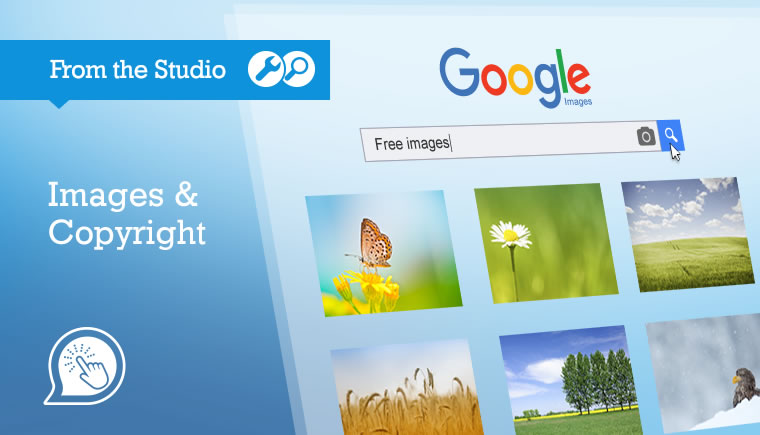It’s easy to assume that Google Images is an open catalogue of images, free to use by everyone. It’s not, and that can be an expensive mistake to make, as two of our customers recently discovered.
So, to help you avoid getting slammed with a hefty fine, we’ve compiled a quick guide to Image Copyright Law in the UK.
Google Images isn’t an Image Bank
All Google does is show you any image that fits your search criteria. Those images will not be free to use if you do a generic search. (You can instruct Google to search only for free-to-use images – see tips below.) If your site is full of pictures taken from Google Images, we suggest you remove them PDQ.
Every image has a copyright
Yes, even the pictures you took of your friends in the pub at the weekend. In the UK, a copyright is automatically assigned to every image that is created, at the moment of creation. Photographers don’t have to apply for a Copyright: it just immediately exists. And it lasts until 70 years have passed since the creator’s death.
Using an image without a licence is breaking the law
You can only use an image if you have the copyright-holder’s permission. This permission is known as a licence and you have to apply for it. If you use an image without a licence, you’re breaking Copyright Law and can be fined.
The fines can be BIG
The starting point for fines is the cost of the original licence, per image. Then, extra charges can be added on top. If you use an image for your business website, the photographer could say you have profited from the image and ask for those profits to be added to the fine.
Several of our customers have accidentally fallen foul of Copyright Law, and been caught and fined by Getty.
One memorable case was a dental practice in Guildford, Burneston Dental, who unknowingly used a licensed image on their site. As owner Christian Metzner explains:
“In October 2015, we received an email from Getty Images accusing us of the apparent unlicensed use of an image that we had posted on our blog. The image was of a teething baby. A staff member had copied it from Google; there was no watermark, or name, so it was assumed that the picture was not under licence.”
Burneston Dental immediately removed the image, and explained their mistake, but it wasn’t enough.
“Although the contact at Getty Images was understanding, she still maintained that we had used the image without a licence. We were presented with the option of either paying a settlement figure of £249 or having legal action taken against us. As this was the first time we had misused a licensed image, Getty Images offered to give us six free iStock credits in return for the £249. We could then purchase stock photos with this credit to replace the image. We agreed and paid the fine.”
Images are easy to trace
Photographers regularly run image searches for their work (called Reverse Searches), where they can find specific pictures anywhere on the internet. The large image-stock companies, like Getty, use special software to crawl the web and seek out unlicensed images, which is what happened to Burneston Dental.
Crediting the photographer doesn’t help
Unfortunately, adding the photographer’s name as a credit won’t remove the possibility of a fine. Some photographers might give you free use of their images in return for publicity (like a credit, or a link to their website), but you’ll need to contact them first to work out a deal.
5 Ways To Find Great, Free, Images
-
Use an Image Library
You can have professional images AND sleep well at night by using an Image Library, like iStock, Getty Images or Shutterstock. They offer subscription services, where you can upload a certain number of images every month, or credits to buy images individually.
-
Create or commission your own images
If you’re any good with a camera (or a set of crayons), don’t forget that you own the copyright of any image you create. Or, if you’re anywhere near a college, consider charming a photography student into giving you licence to use their images for the price of a pint.
-
Get a licence
If you’ve already found the perfect image, contact its creator an ask for permission to use it. As we mentioned above, some photographers and illustrators might grant you a free licence if they feel your site would be good publicity.
-
Search for “free to use” images
Use Google’s Advanced Image Search, and look for images which are free to use. They will have Usage Rights of “Free To Use Or Share, Even Commercially”. This search isn’t infallible, so you should double-check the rights of an image you find in this way, but it’s a good start.
-
Creative Commons
You could also visit Creative Commons and find photos that are free to use (with attribution), from sites like Flickr.
If you need any help with images, call us. We can point you in the direction of some good resources and photographers.

